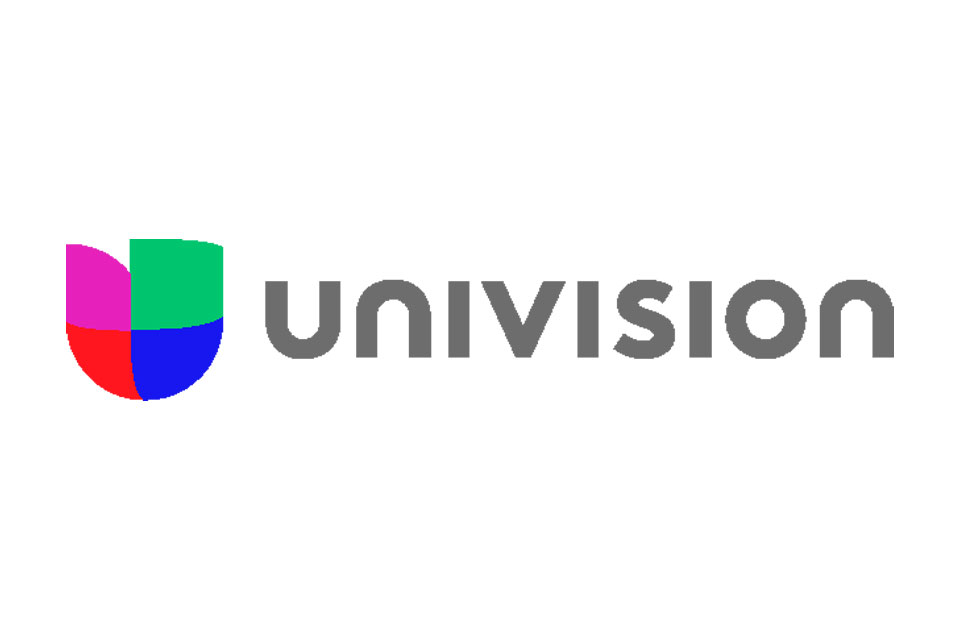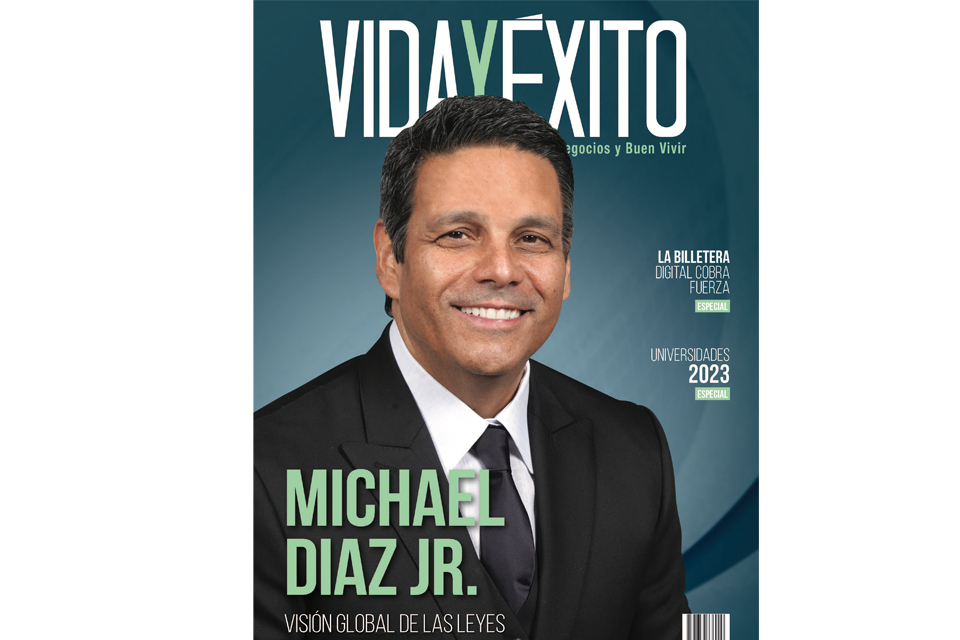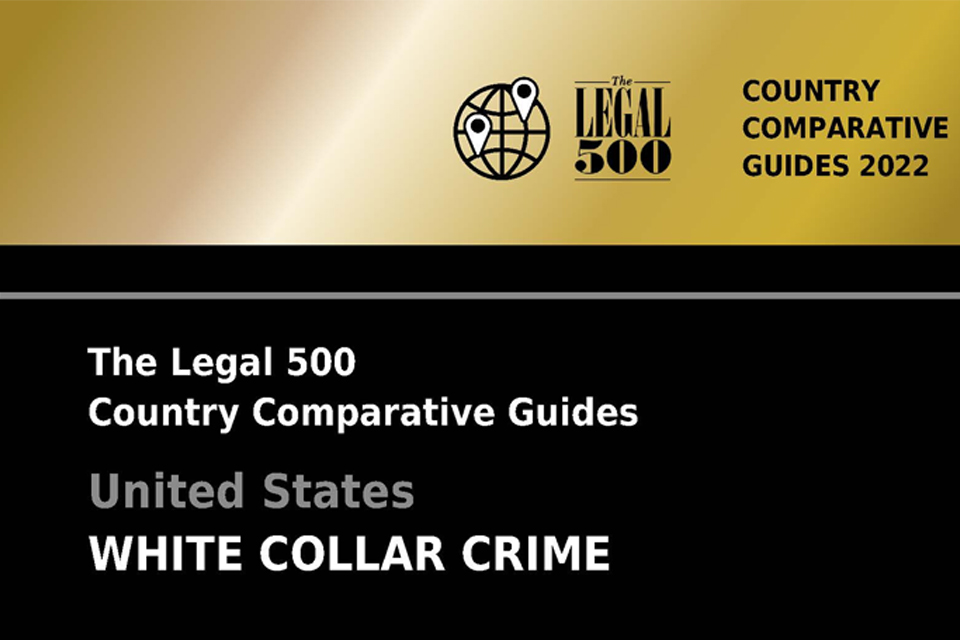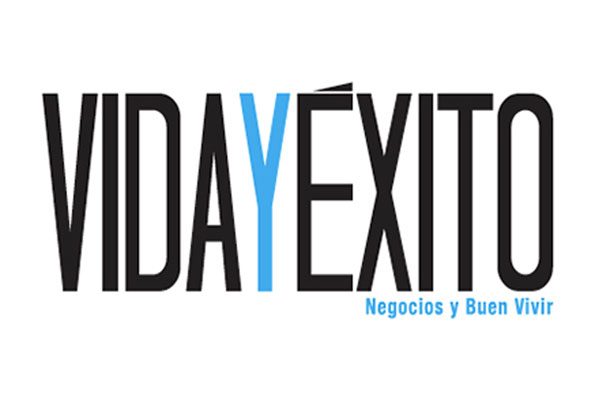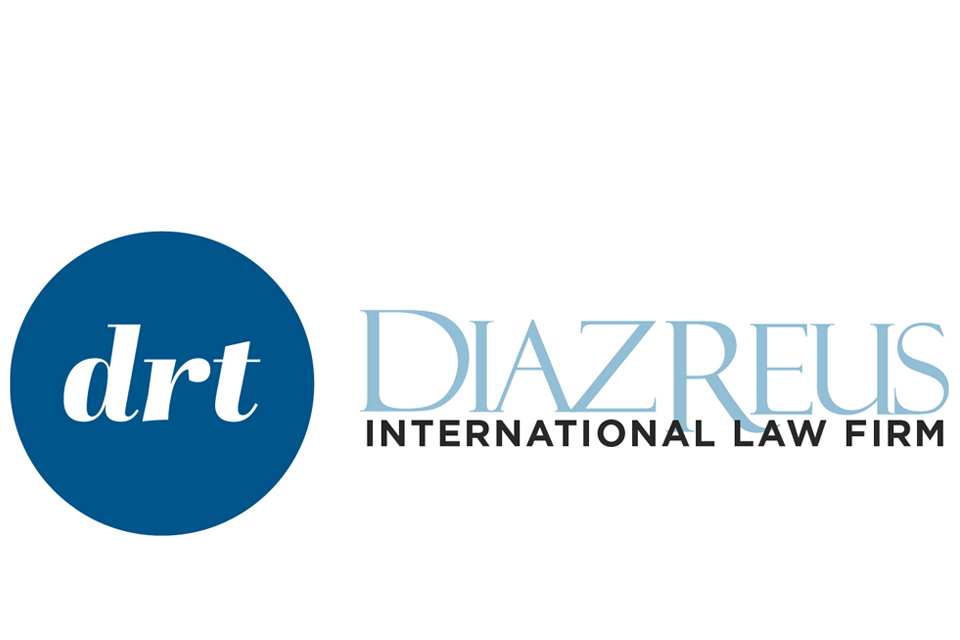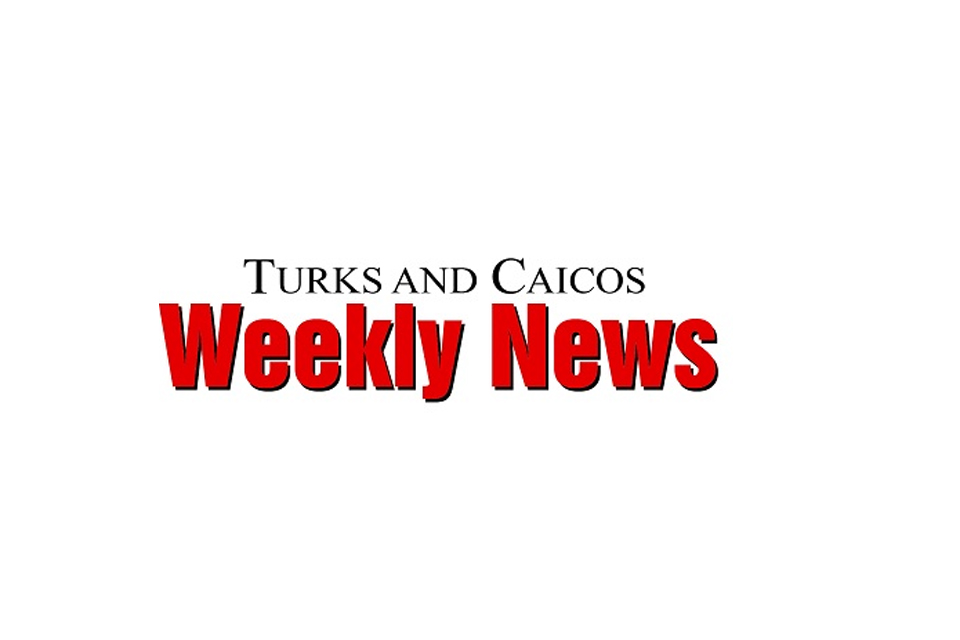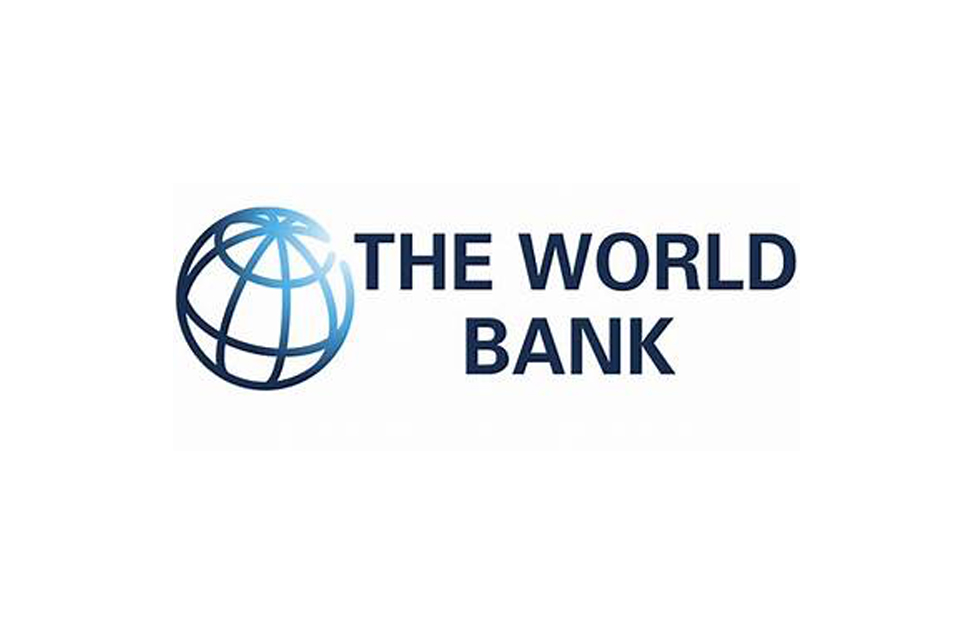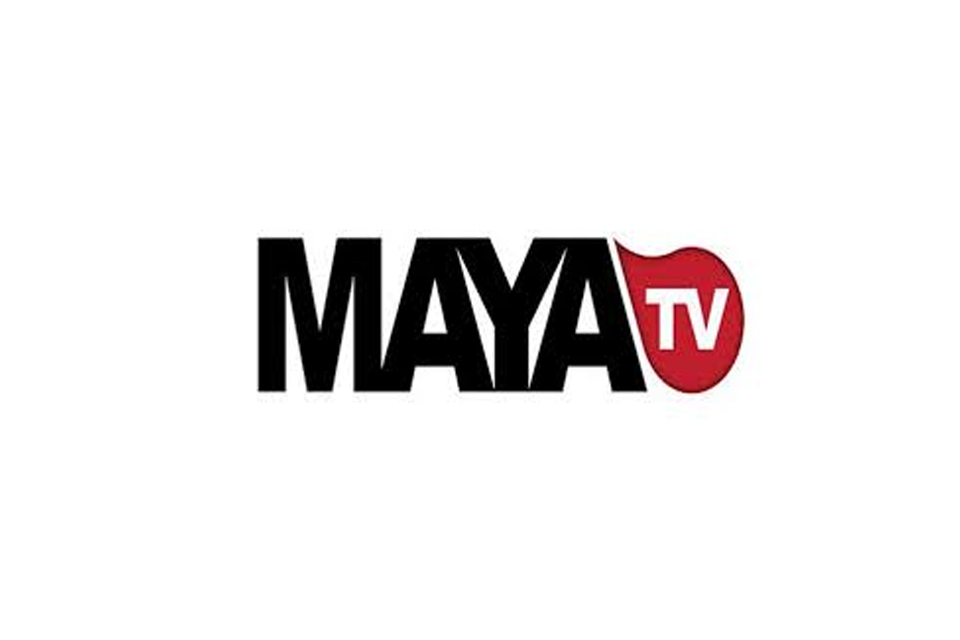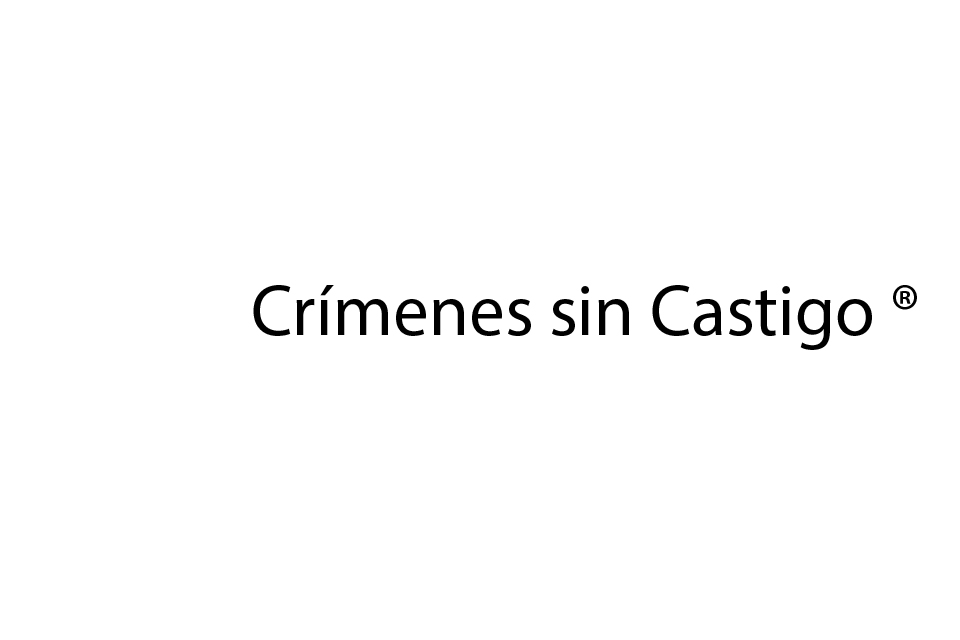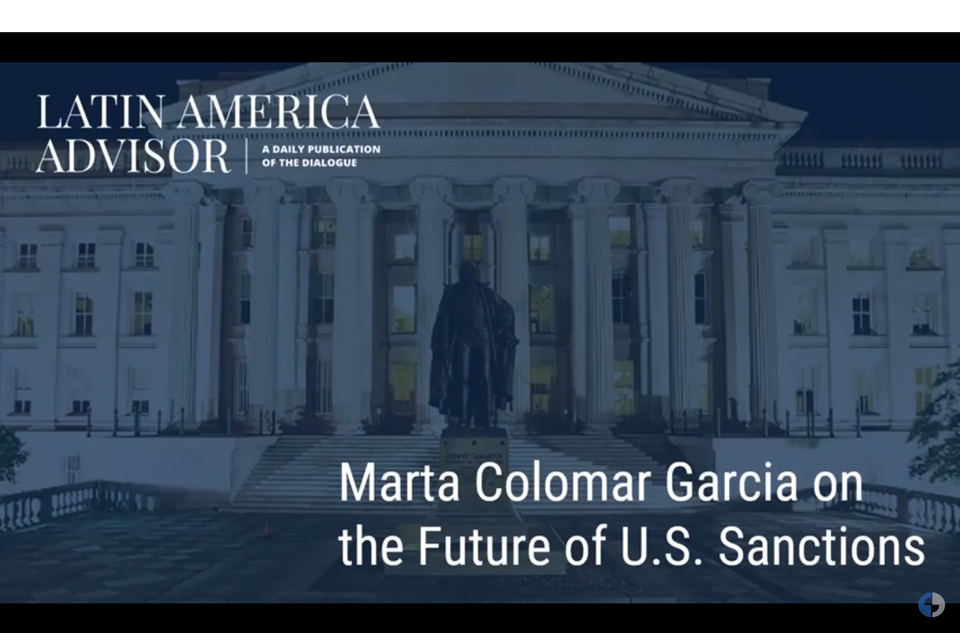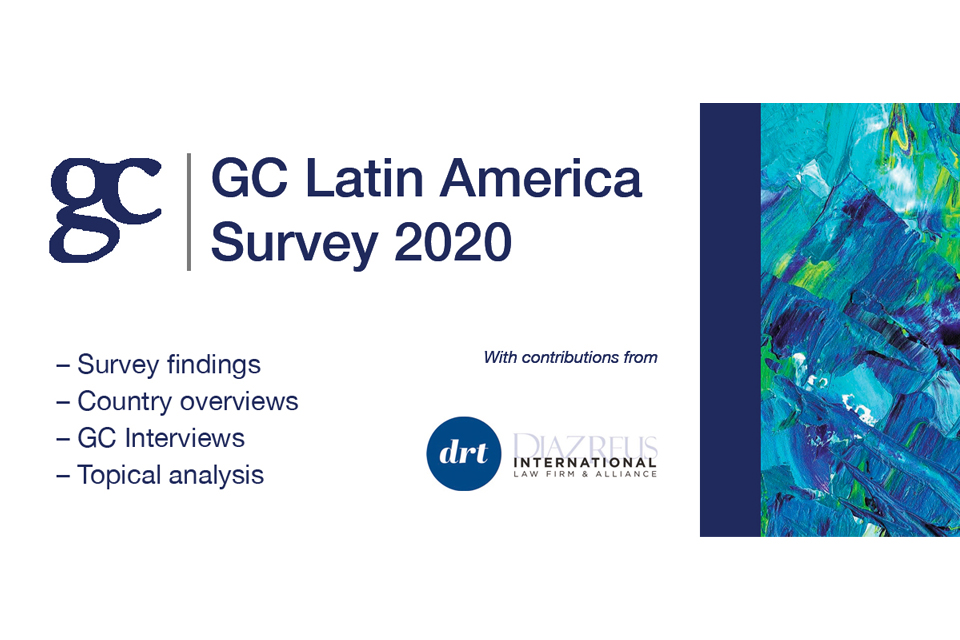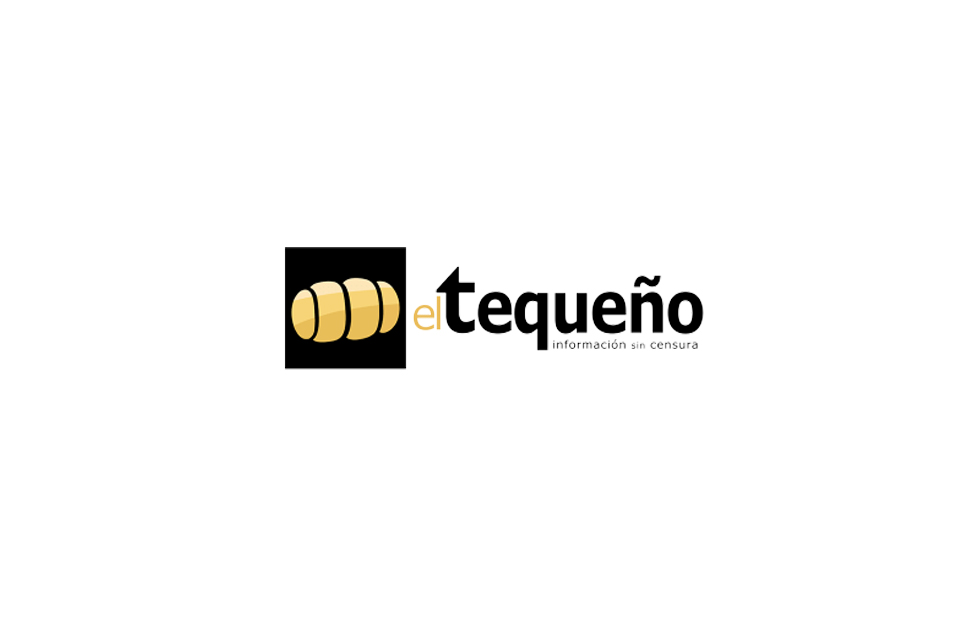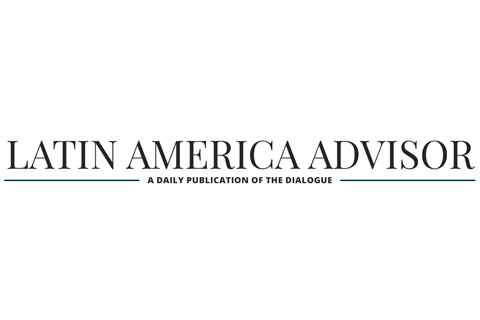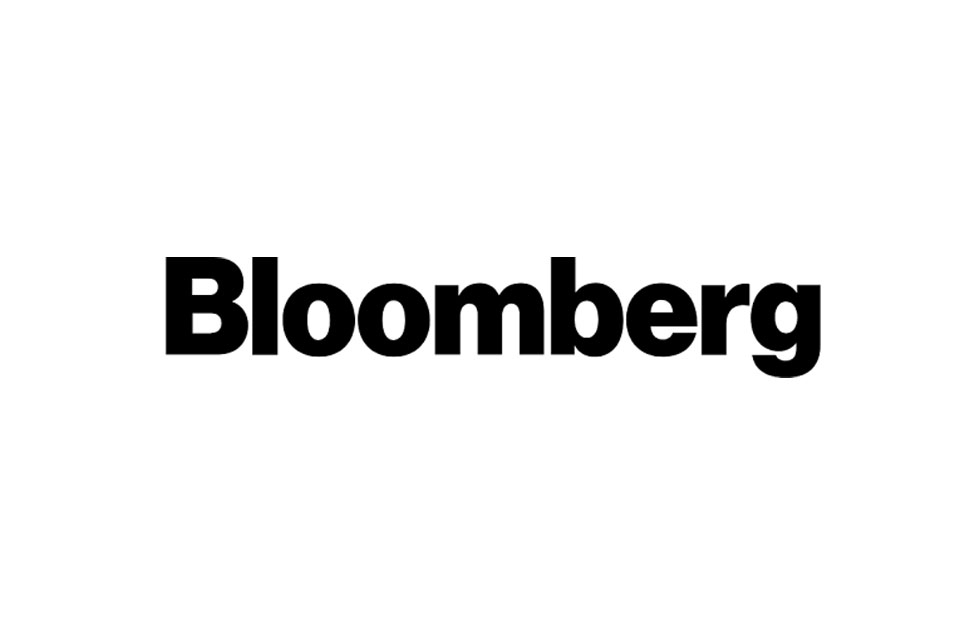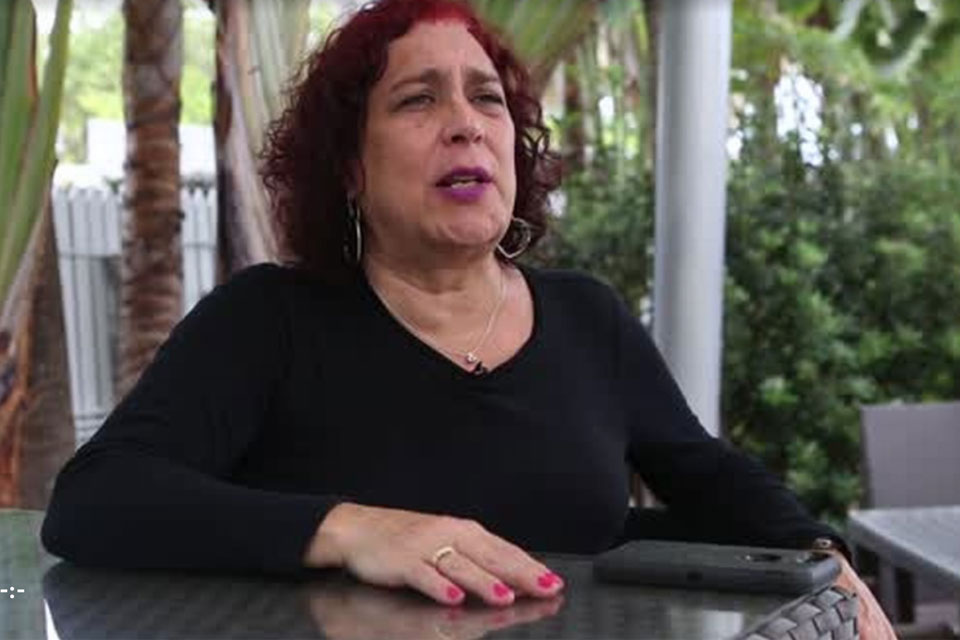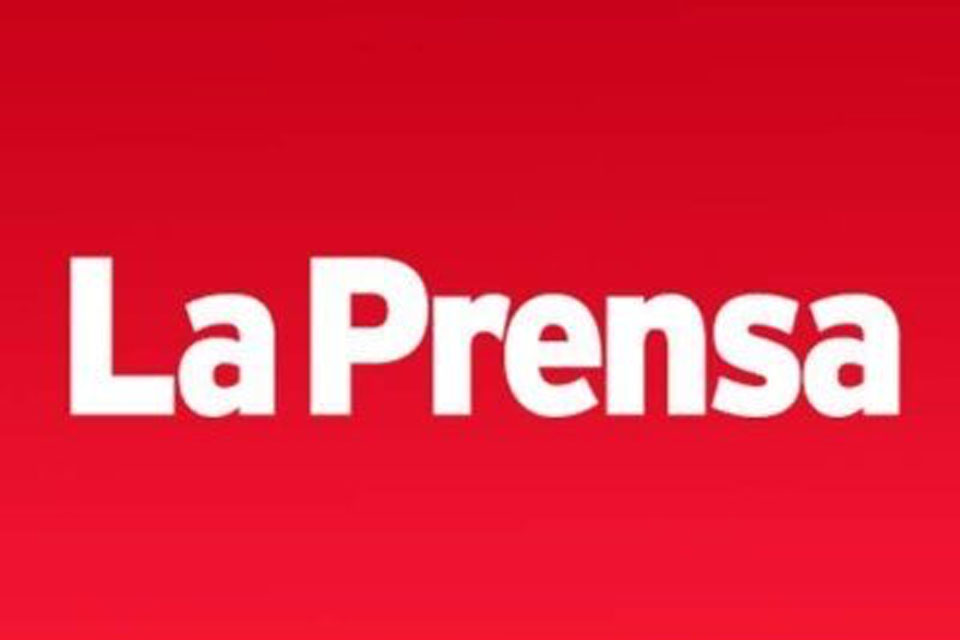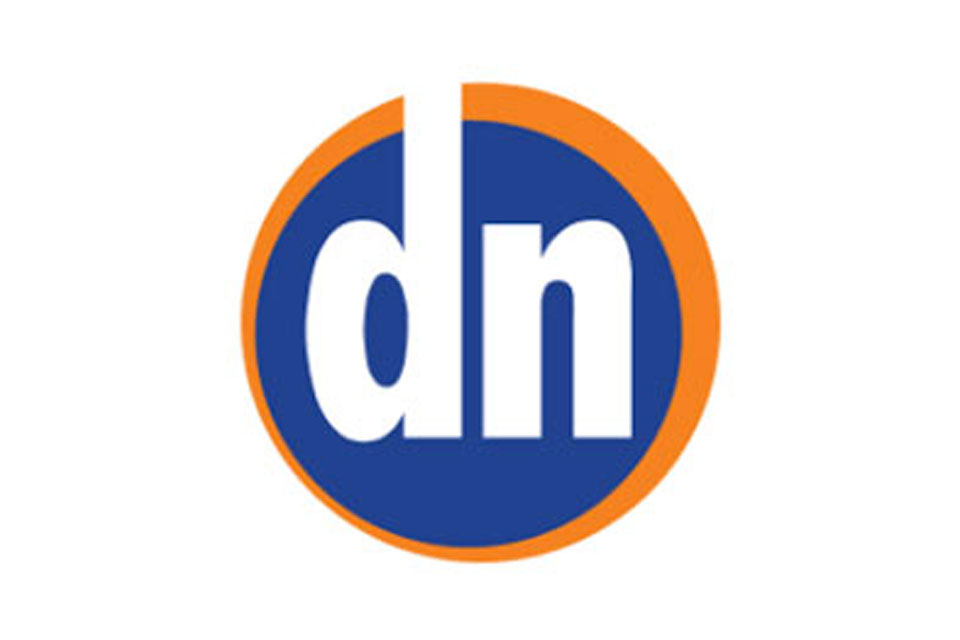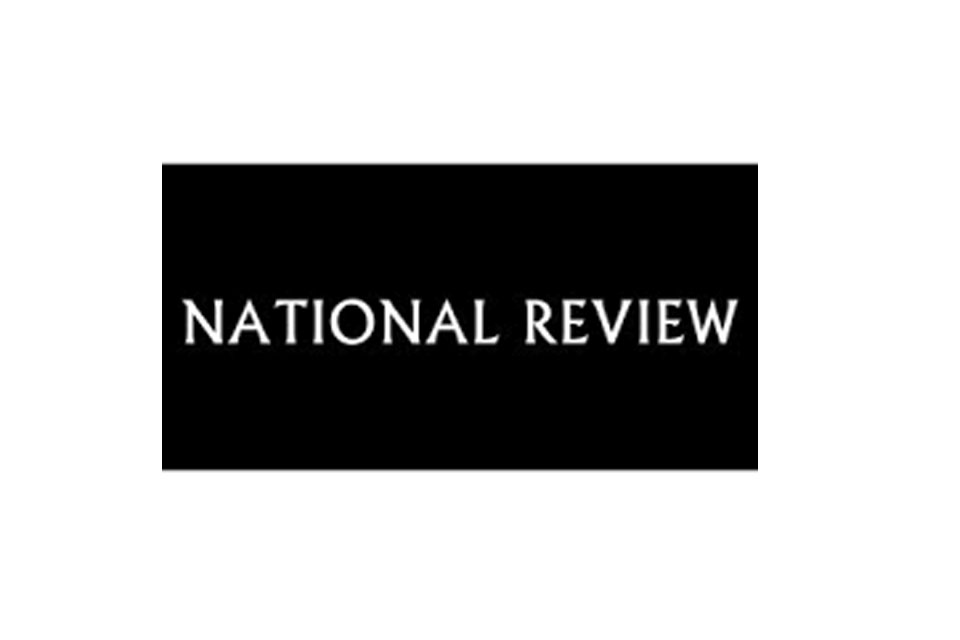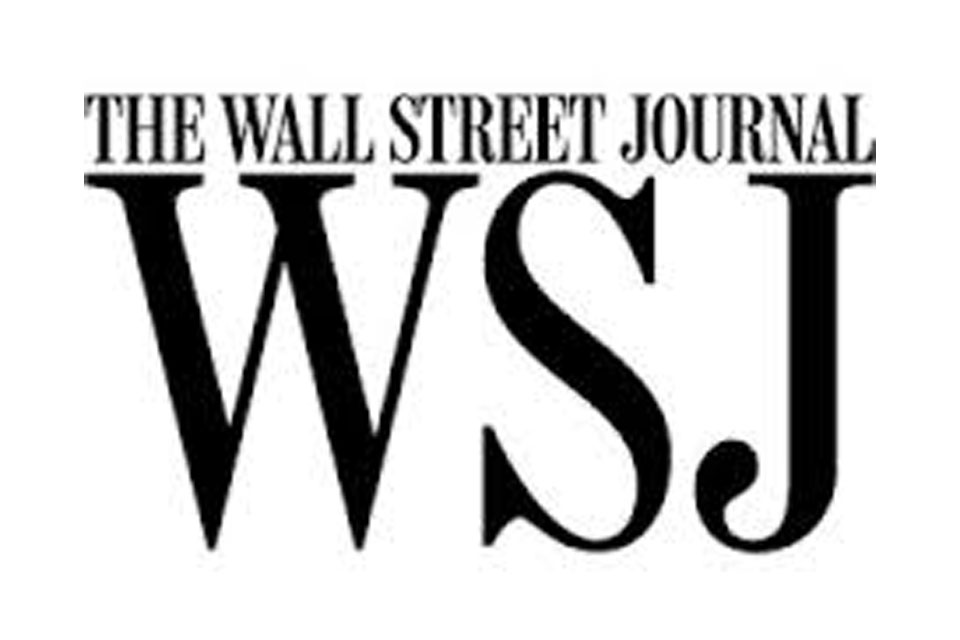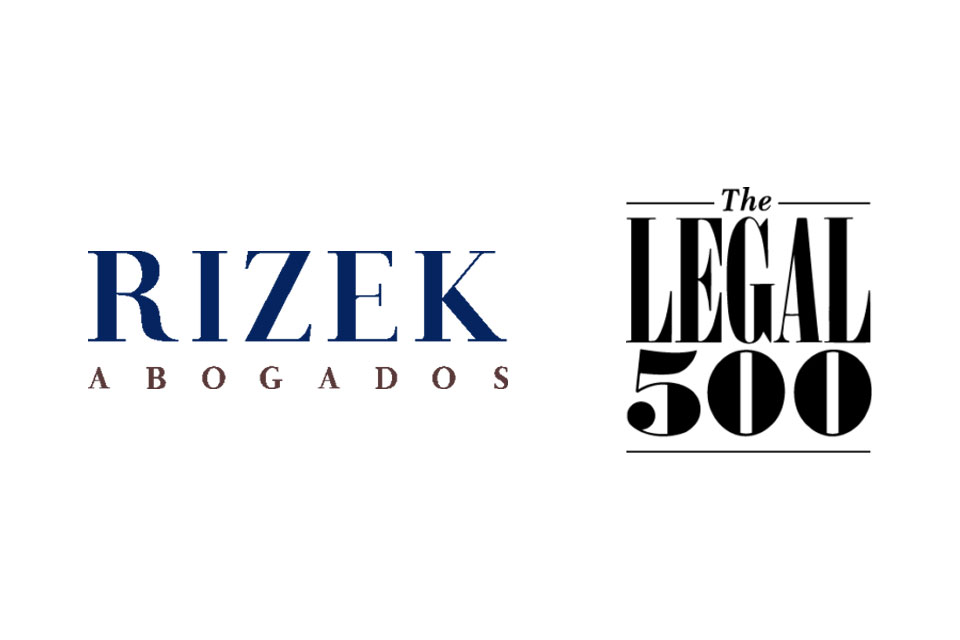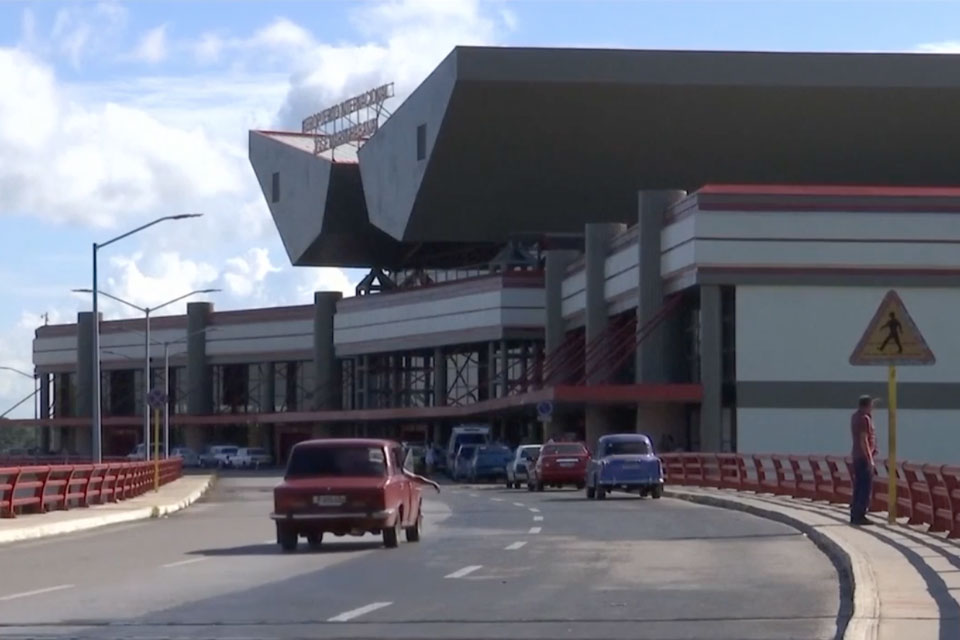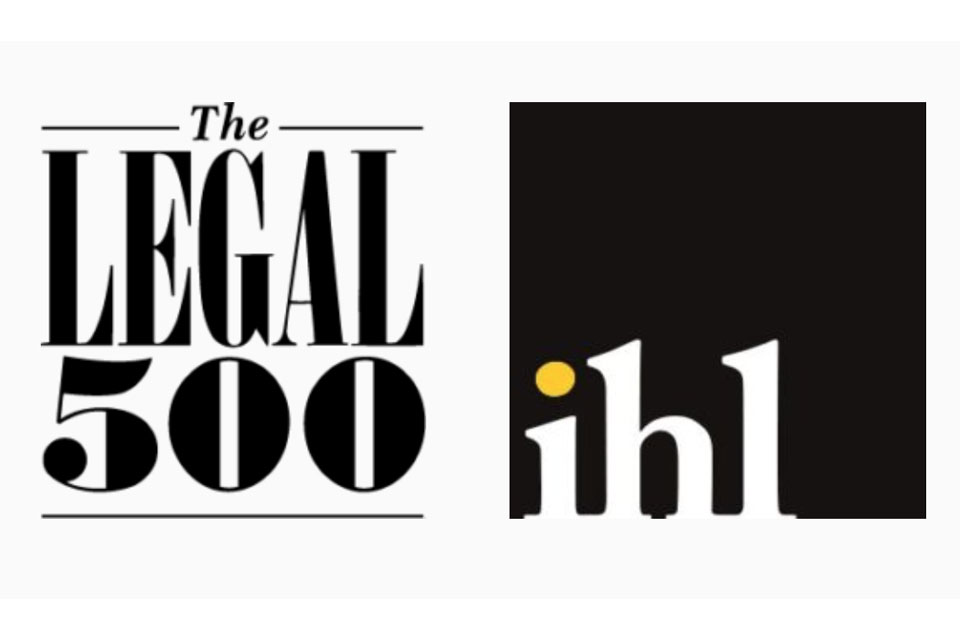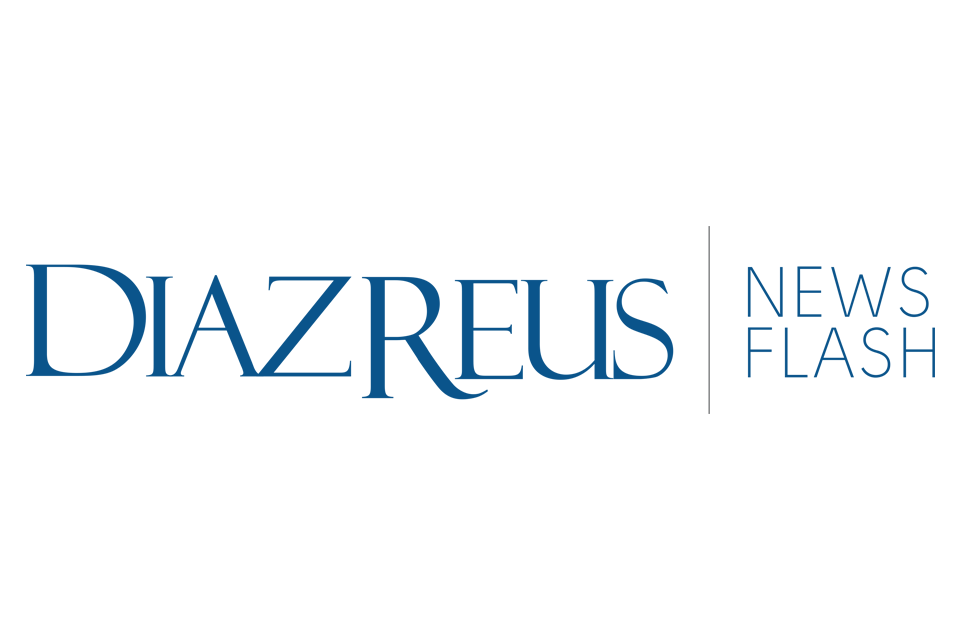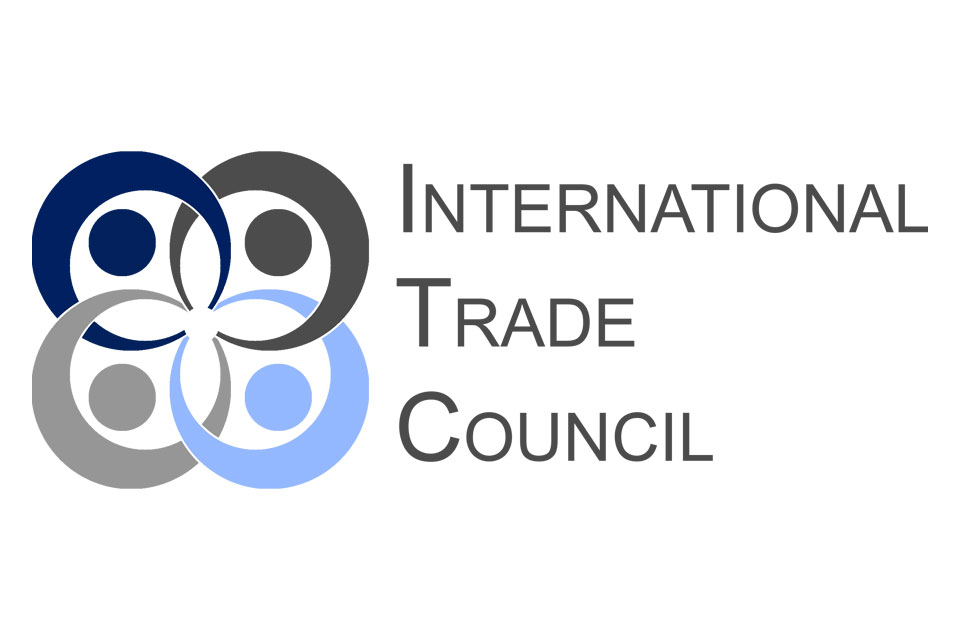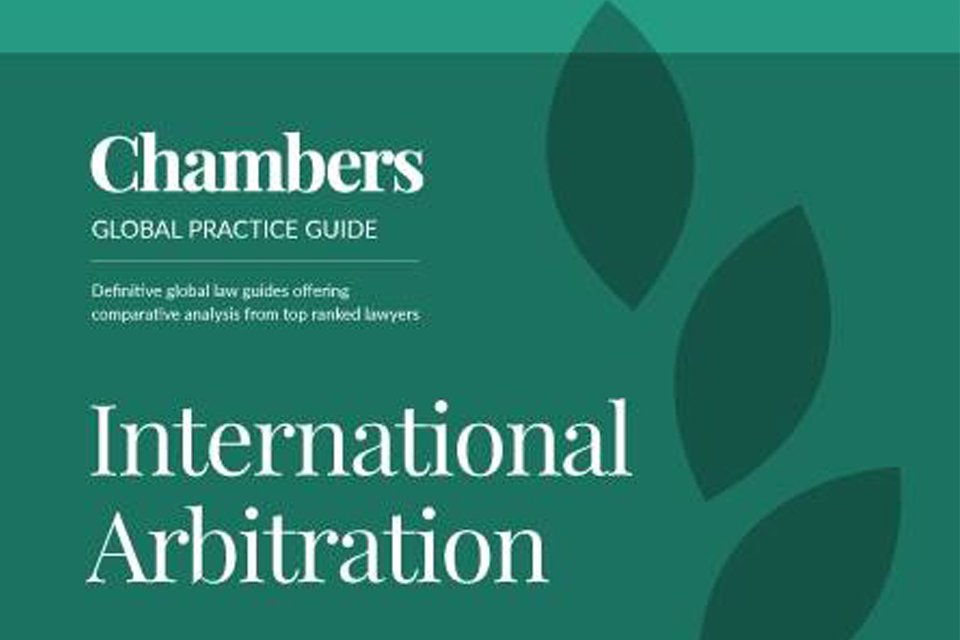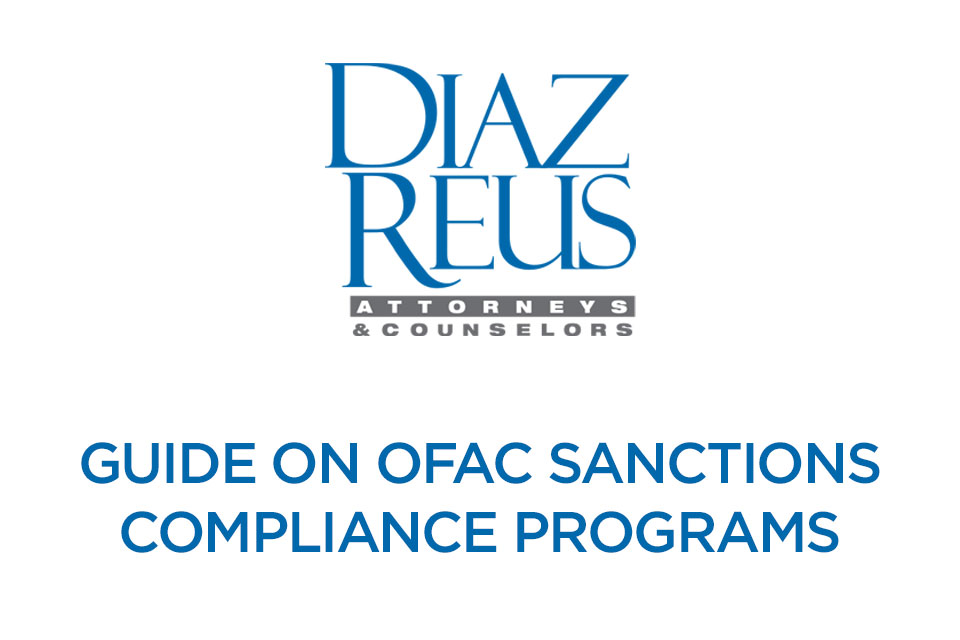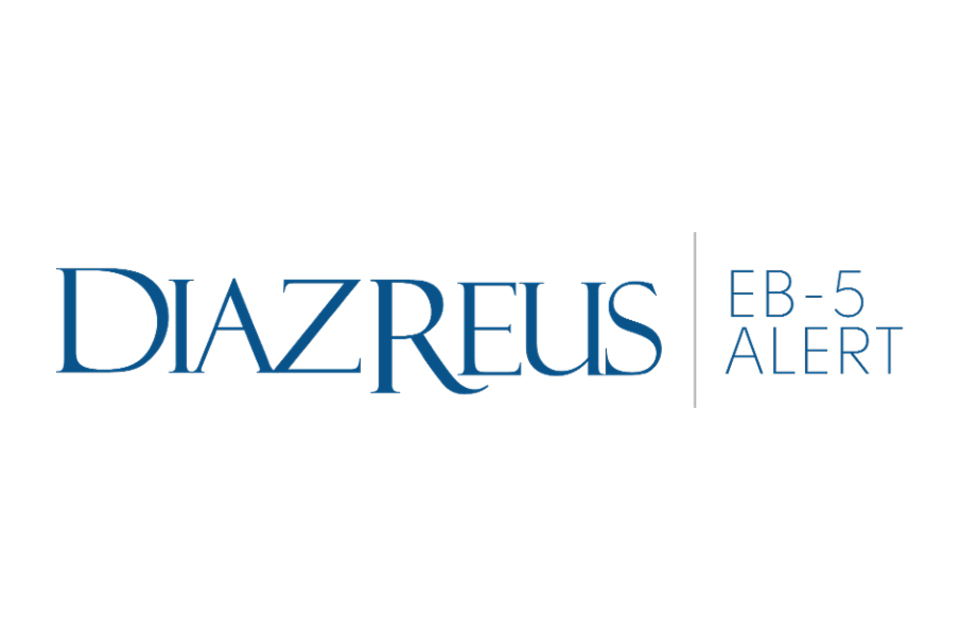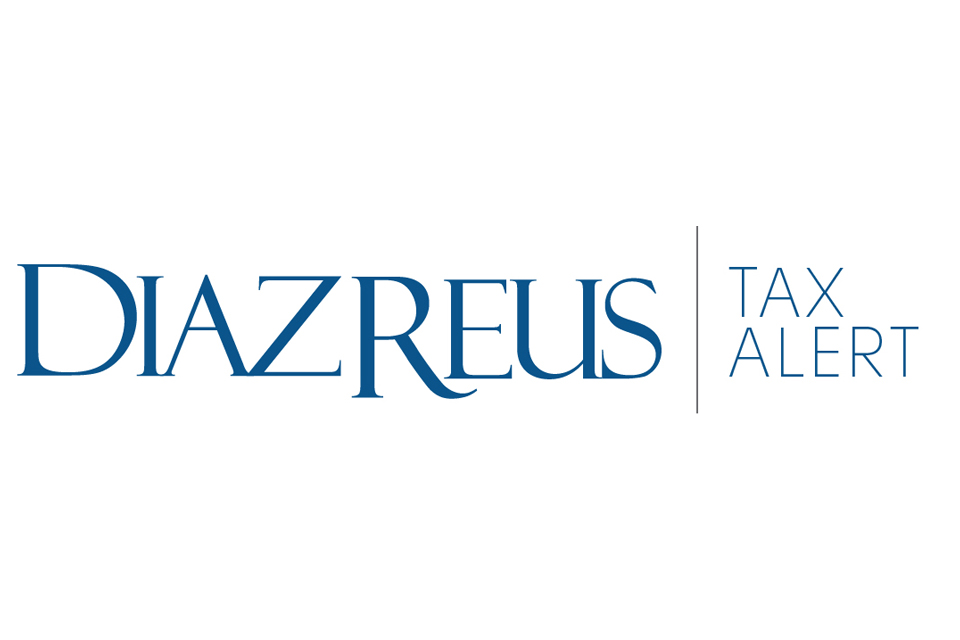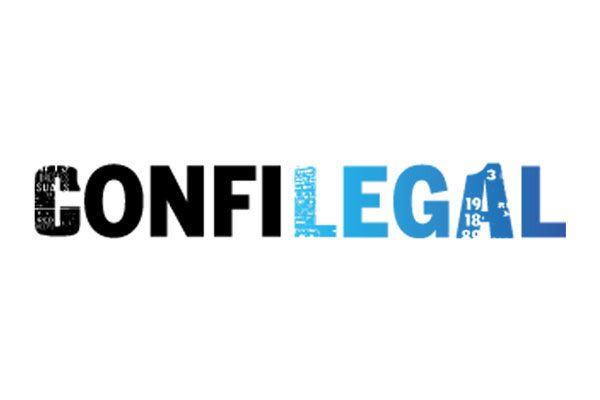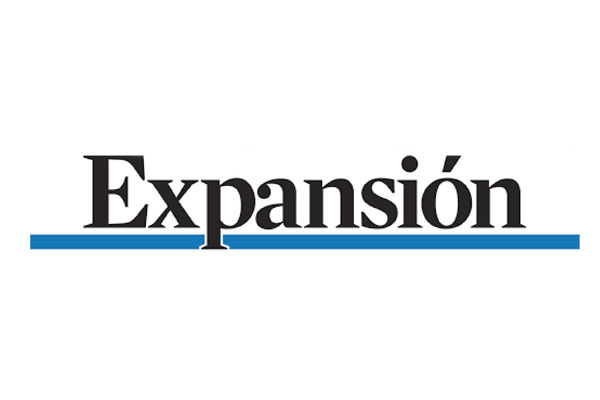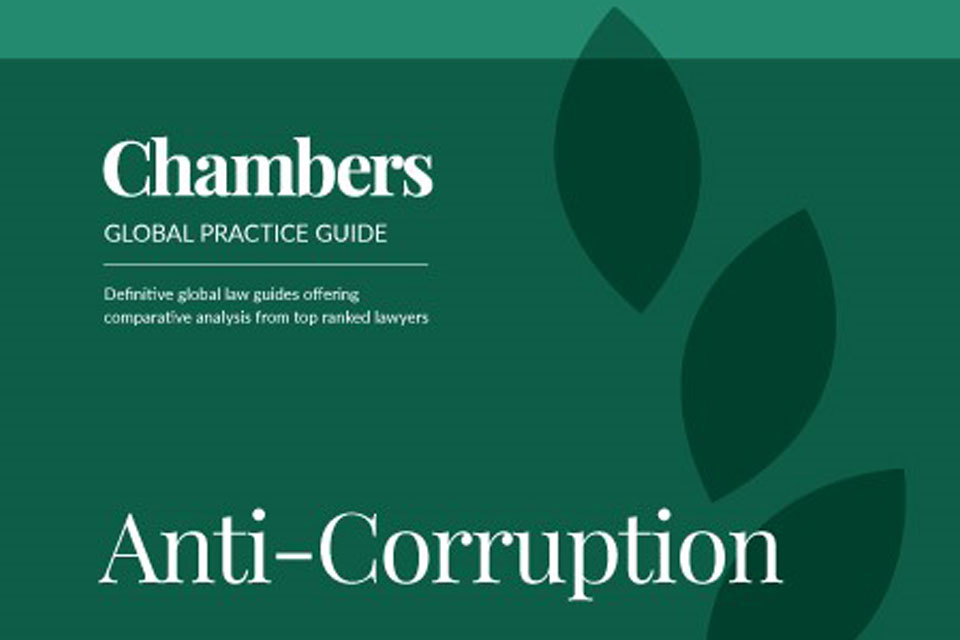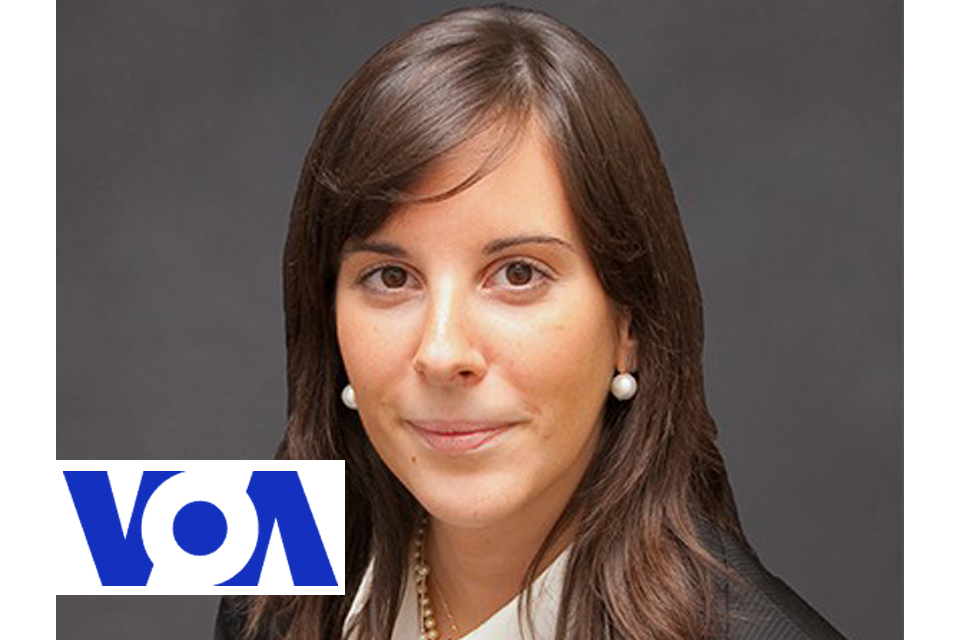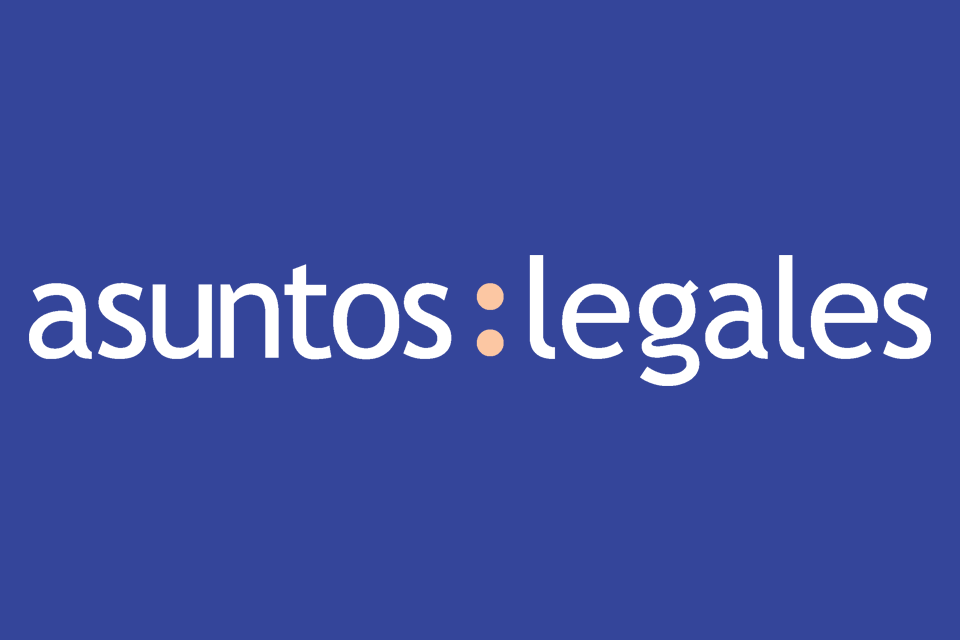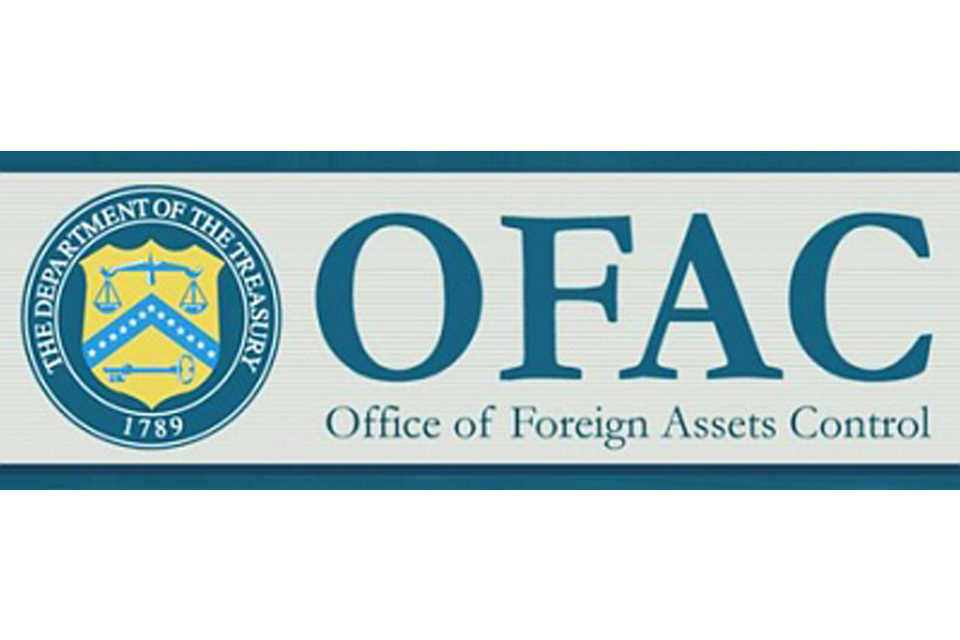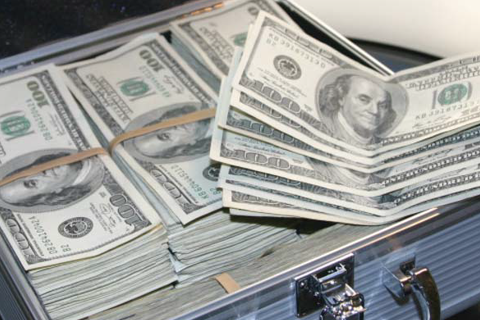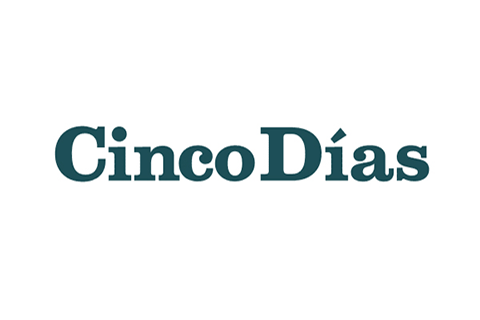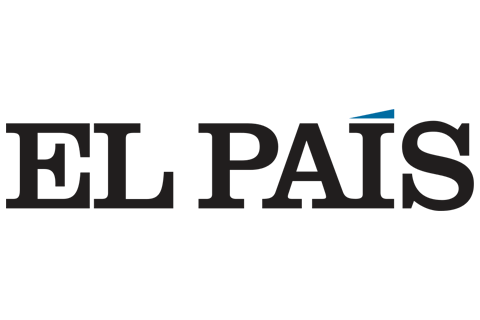Today Mexico’s key economic indicators appear to be increasingly robust and stable. Mexico is projecting 3.5 percent growth this year, an impressive economic turnaround led largely by exports to China. This economic growth will spur Mexico to become one of the two most interesting markets to invest in Latin America, just behind Brazil. This article sheds light on the bright prospects for the Mexican Peso and emphasizes on the ever-growing reputation of Mexico as an attractive market to invest.
Mexican financial variables have begun to reverse the negative differentiation occurring during the financial that took place in 2009, just after the most intense period of the crisis that began in September 2008. More recently, some factors are reducing chances of risk, like China´s expansion and growth and the fiscal position of some European countries.
In recent months, the Mexican financial variables have tended to a relatively better performance. The Mexican stock market index -IPC, has had relatively larger gains during periods of high chances of risk while in periods in which it decreased, its losses are relatively minor than the markets that had been differentiated positively previously. The Mexican peso has also had a relative assessment increase compared to other currencies on emerging economies both in the last three months, and their assessment are compared with the reductions that have taken others. It is considered that the Mexican assets, and in particular the Mexican Peso, will consolidate the trend of reduction of differentiation negative that was observed during most of 2009.
The Central Bank of Mexico has indicated that in the absence of indirect effects on the inflation that would increase the public prices and if inflation expectations remain anchored, these temporary shocks should not offset the impact on inflation. This clearly establishes the Central Bank of Mexico´s monetary policy strategy right before an expected period of non-permanent raise in inflation rates. This suggests that in the coming months the Bank of Mexico will continue assessing incoming information and will not rush to raise interest rates.
Since the start of the global crisis and up to the end of 2009, the Mexican peso had a proportionately smaller assessment than the other currencies of Latin American economies. Clearly the scale of the recession in the U.S., made us imagine the magnitude which would impact the Mexican economy, which would be the most affected region and also it would reopen old issues such as the vulnerability of the Mexican government accounts. The fiscal uncertainty and fears of an upgrade in the debt were relatively made that, in aversion periods of greater international risk, the peso lost more ground than other currencies in emerging economies and also during the revaluation cycle of the riskier assets, the Mexican Peso gained points compared to the dollar and euro, but at a significantly lower average than other emerging economies.
The Mexican market anticipated the unfavorable context value of the peso in the Mexican economy, so that when in November and December of 2009 the sovereign debt was reduced, the Peso did not show any reaction. The Peso may have started a favorable performance probably linked to the dissipate doubts about the changes in the near future, not just to maintain a stable outlook compared to the previous differentiation but also it was due to the few structural changes in their assessment. Since late 2009, in a context of greater certainty about economic recovery in the U.S. and Mexico, and due to strong revaluation of assets in other emerging markets, the Mexican Peso has shown a positive differentiation from the rest of the currencies, in aversion environments of risk and also on sporadic periods of lower risk chances.
Today Mexican economy and politics are strong and stable, we are expecting a growth of 3.5% of the economy and Mexico now has what in Latin-American called the “China Push”, Mexico is now one of the two most interesting markets to invest in America just behind Brazil.
The favorable future that faces the Mexican economy along with that of the U.S., the return of capital flows, financial stability and trade opportunities are factors that support the appreciation of the peso. In addition, Mexican currency is still undervalued with respect to its equilibrium level which lies between 11.5 and 12.5 ppd. This is a supportive factor for if it continues to shrink the negative differentiation, the currency may tend to appreciate to the top of that range. However, in the short term, financial volatility could continue, due to the uncertainty on the fully economic recovery and the final decisions on the new proposed regulations in the financial system. Mexico offers a great opportunity for investors.









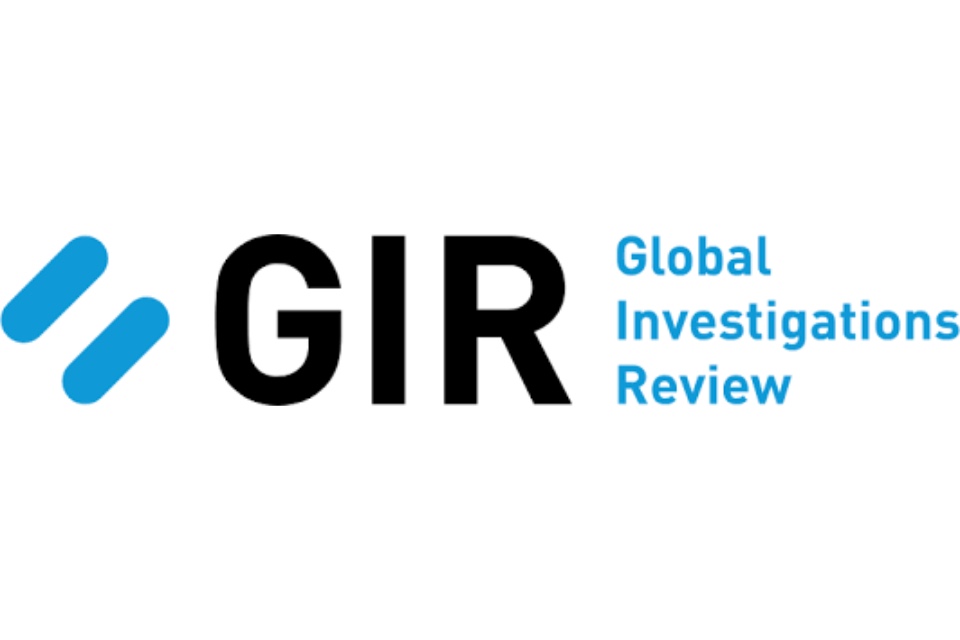




















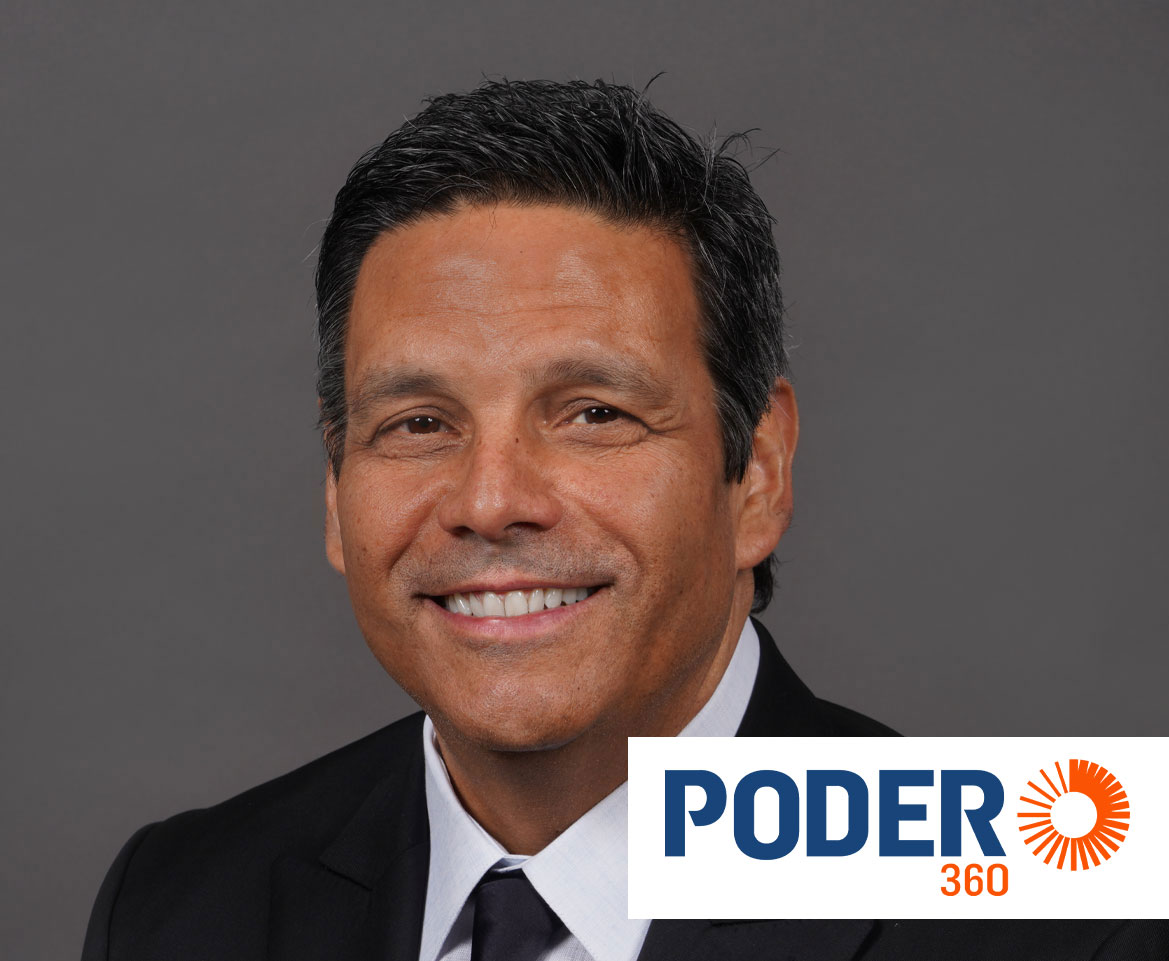














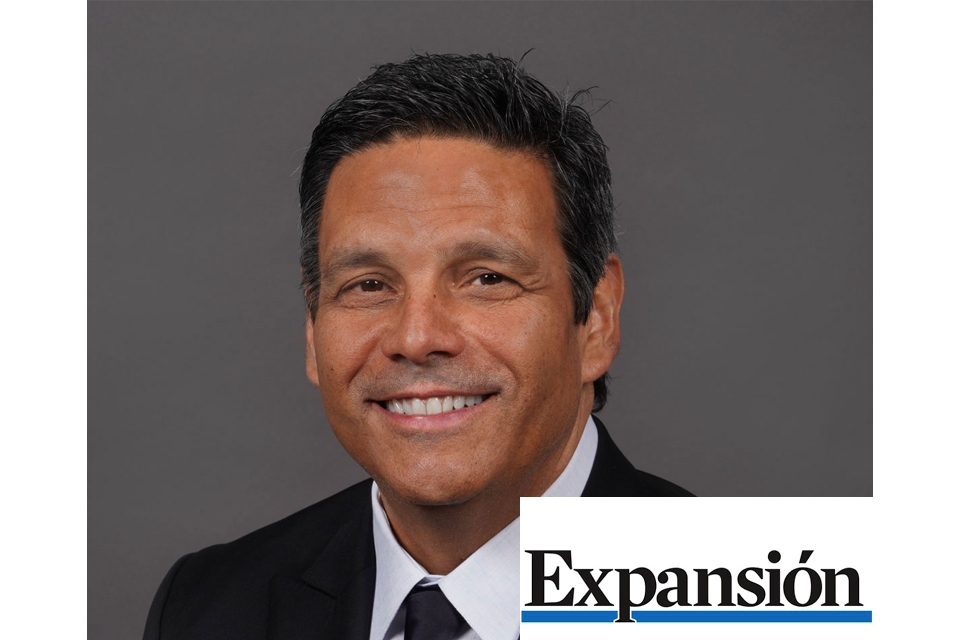











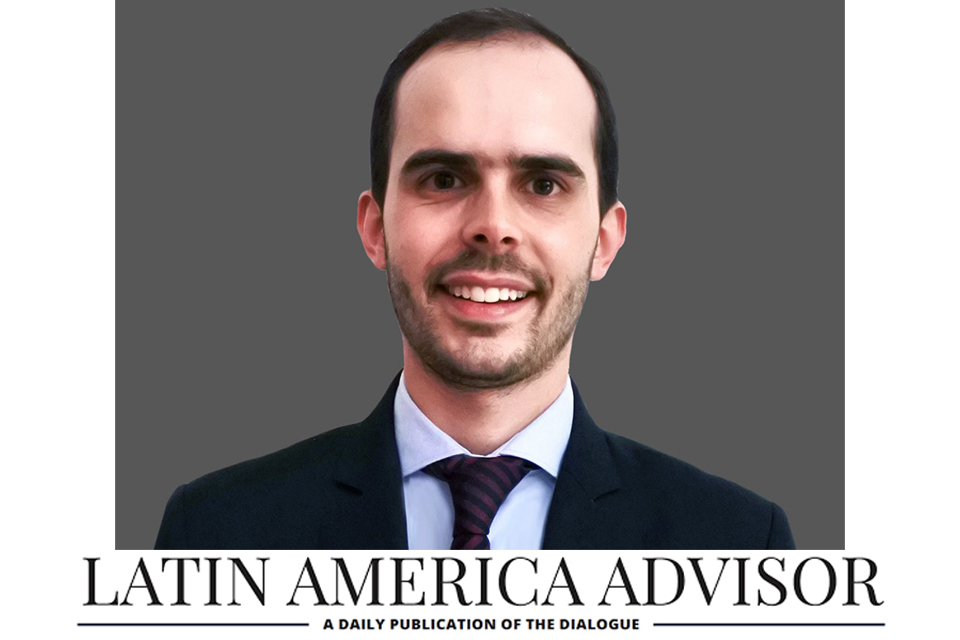
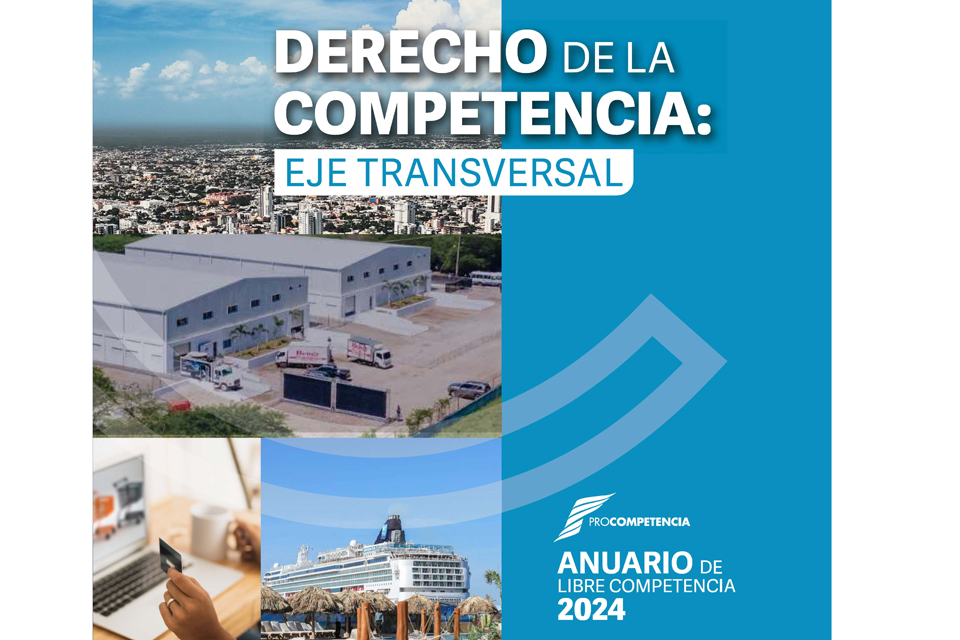
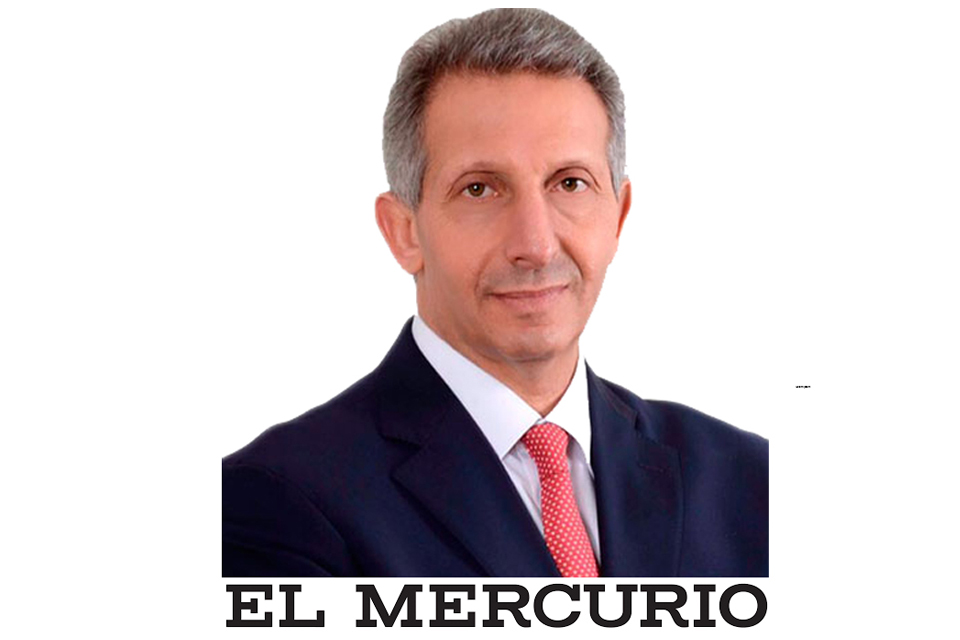




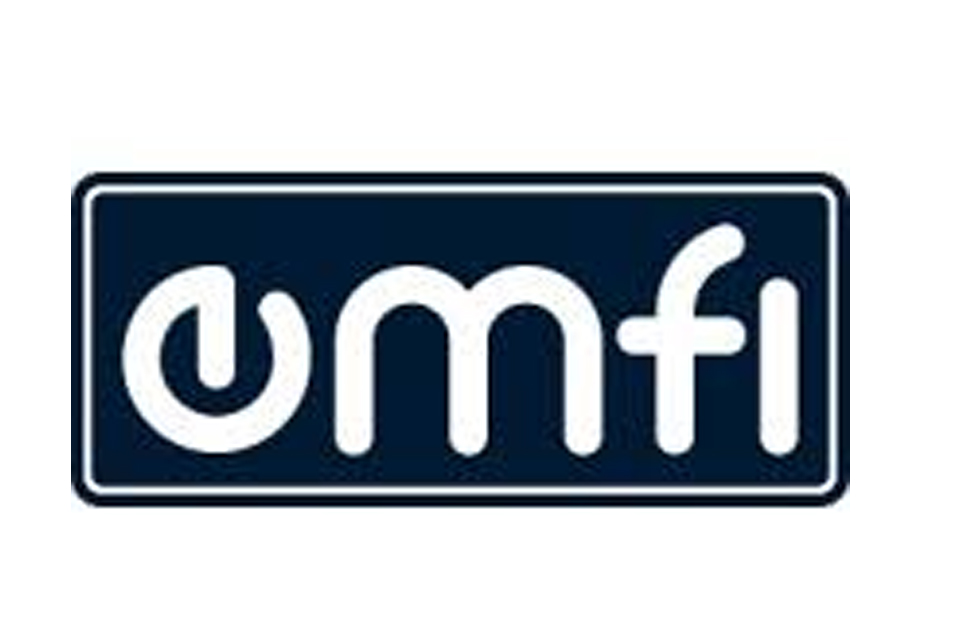

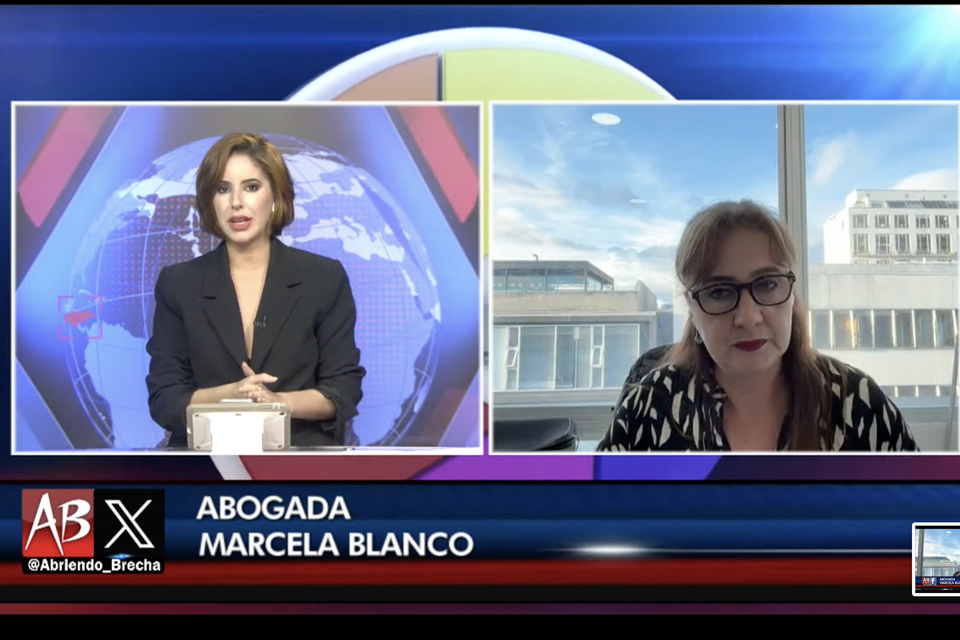




















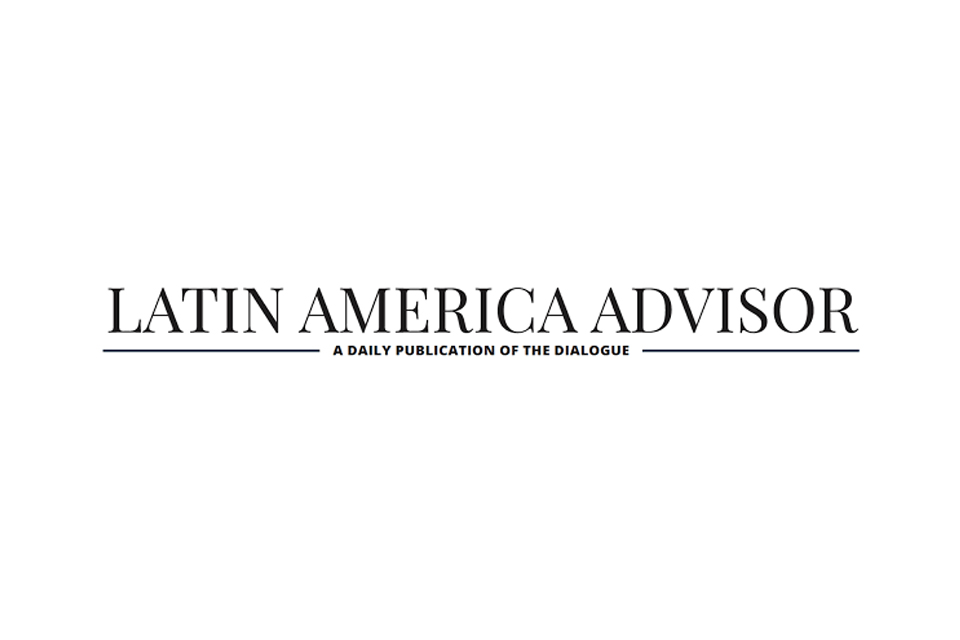










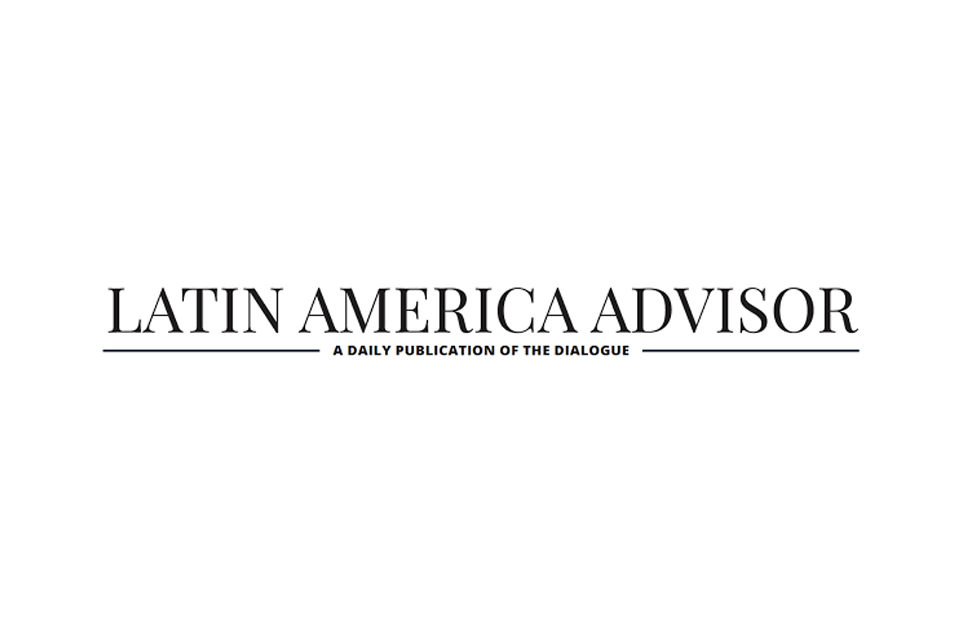
![Especial abogados Salón de la Fama[61] 4](https://diazreus.com/wp-content/uploads/2023/06/Especial-abogados-Salon-de-la-Fama61-4-1-pdf.jpg)






